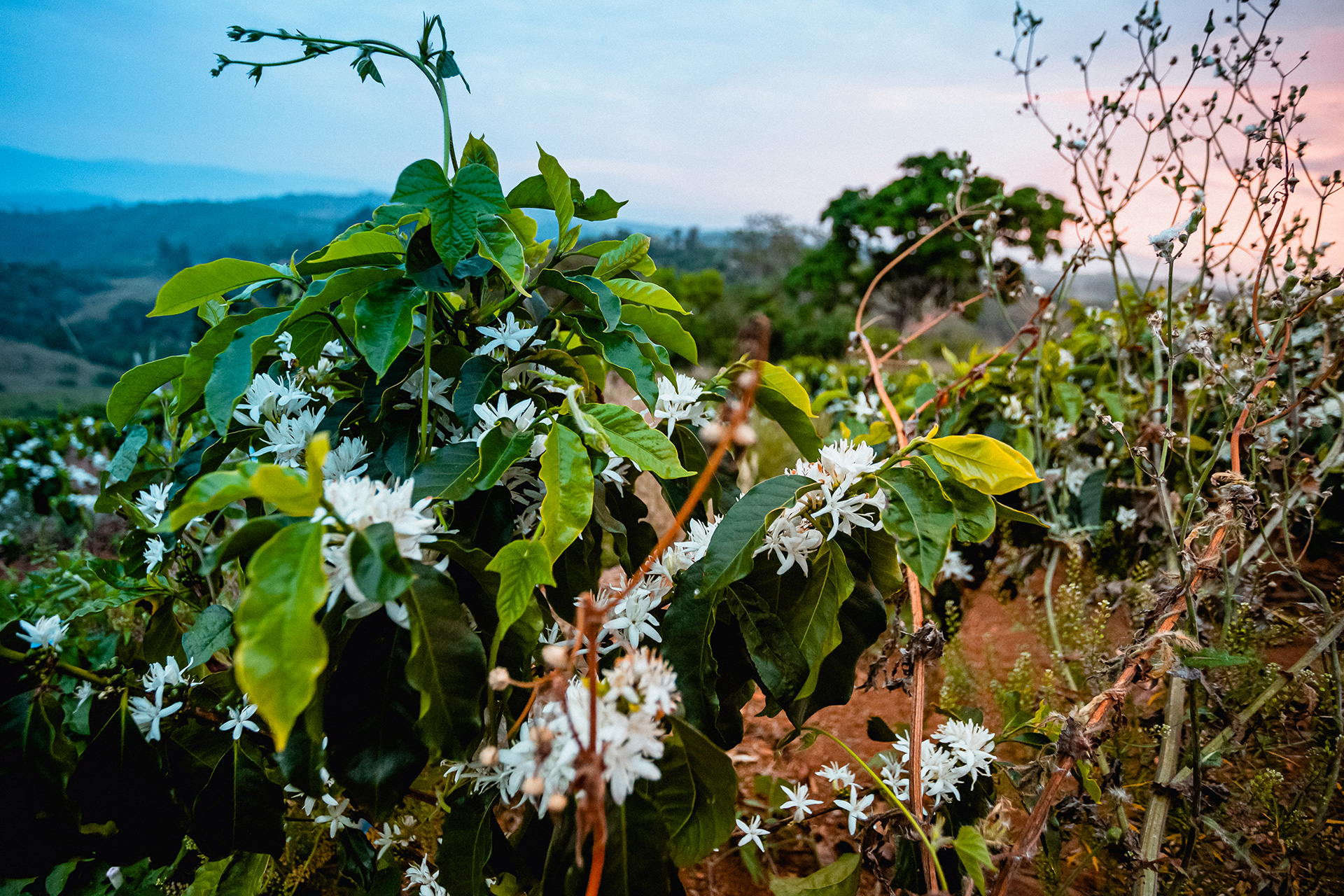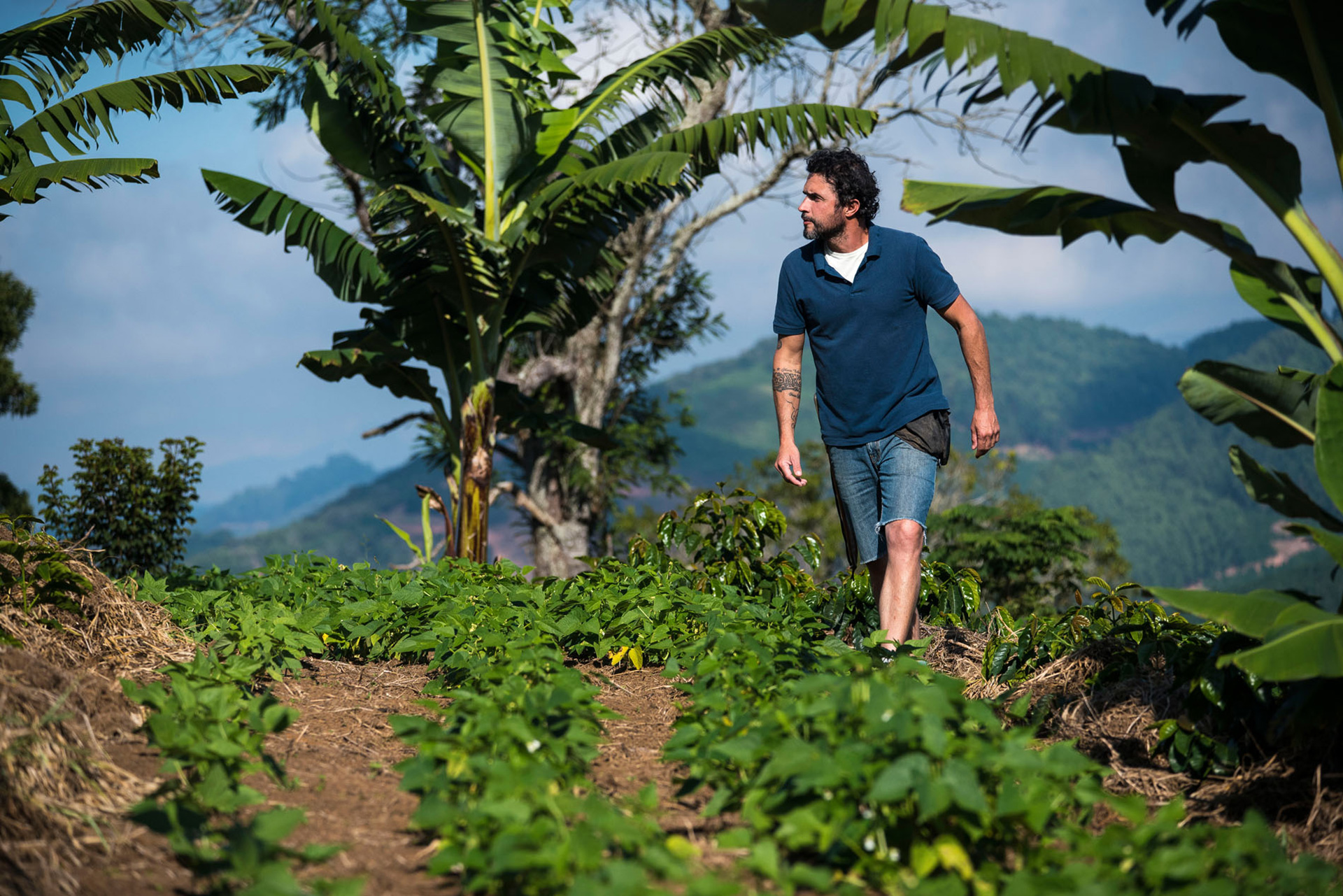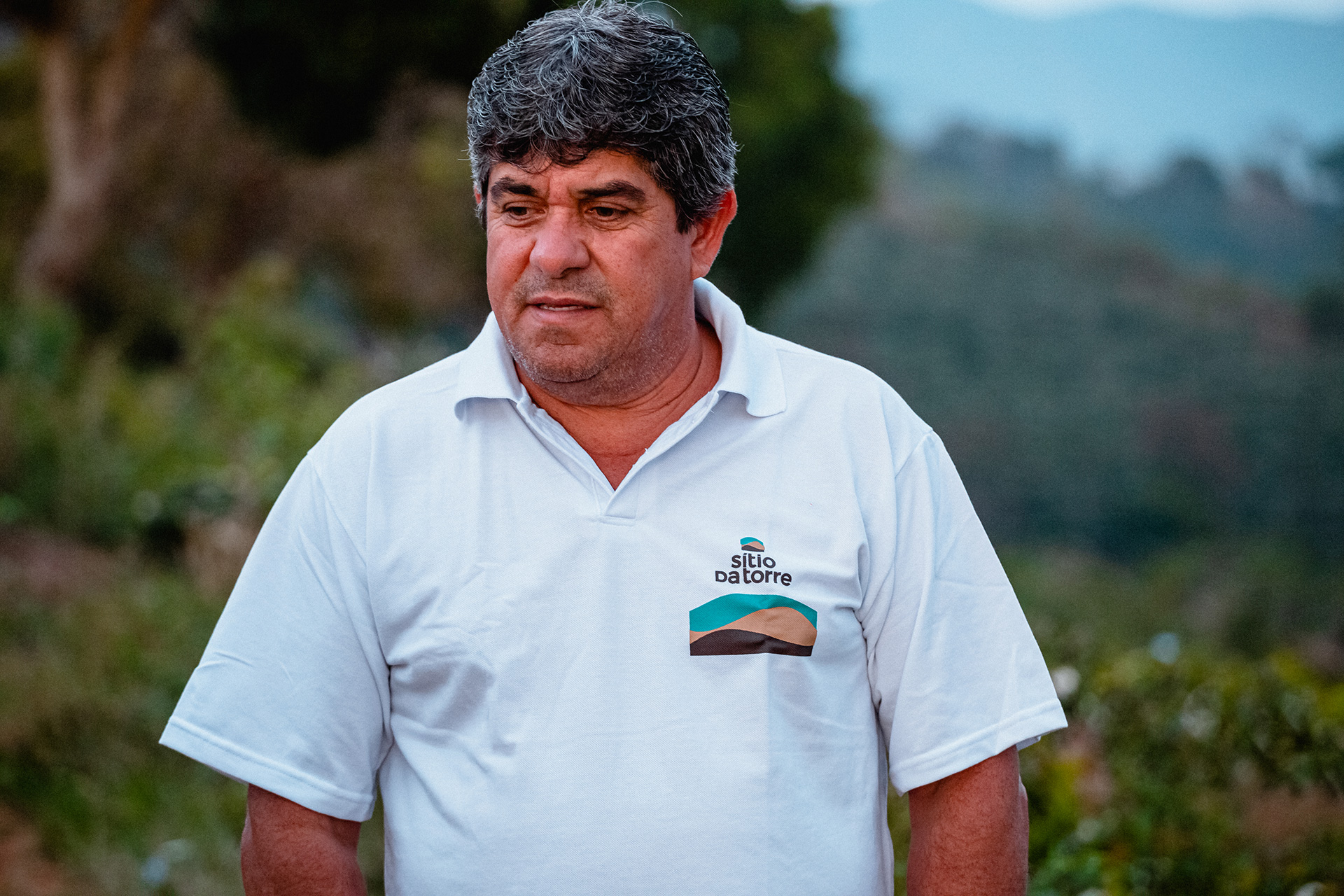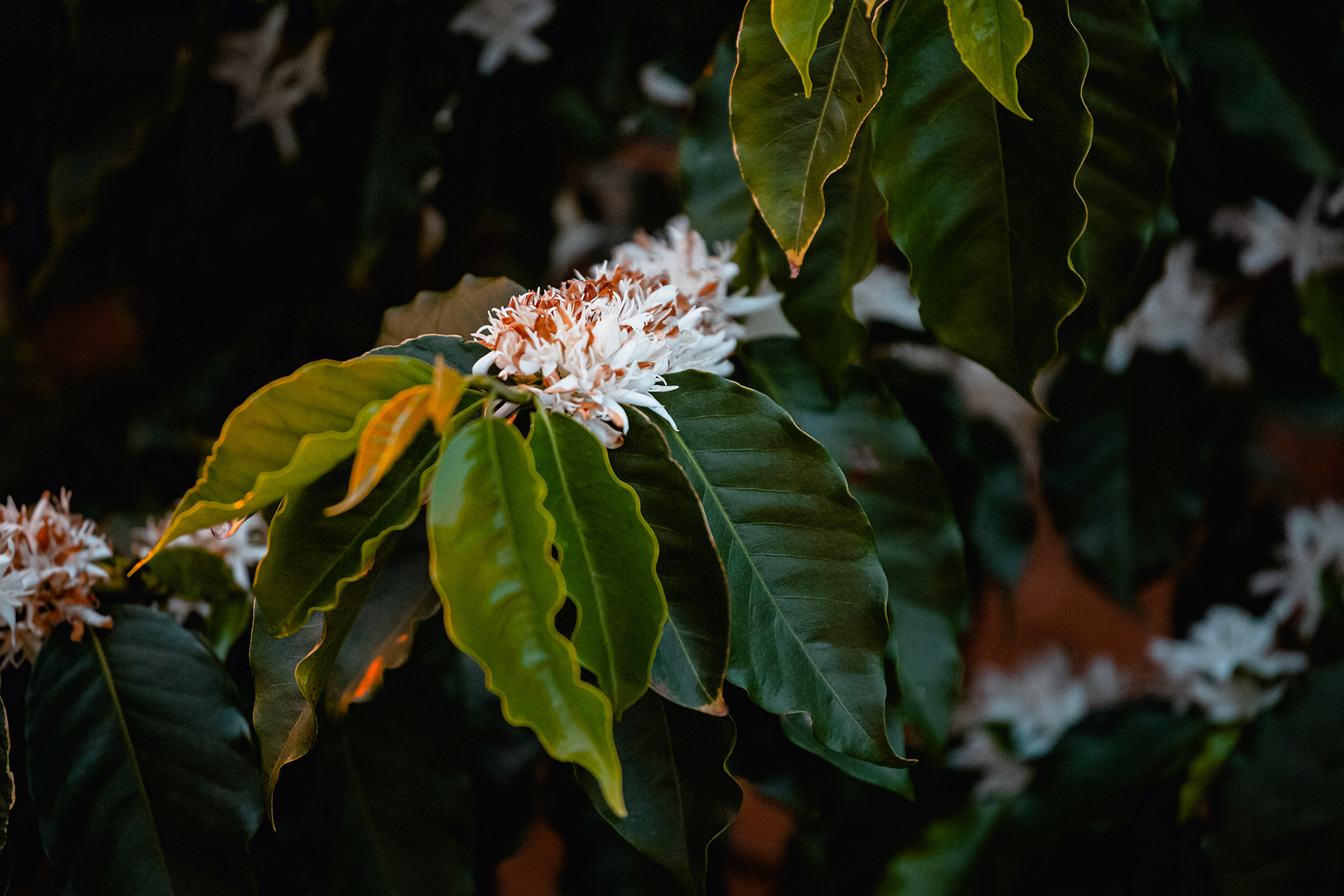In the crop year of 2019, farmers from all growing regions in Brazil experienced both a decrease in output and in overall quality, due to many climate-related issues such as prolonged dry season during summer, unexpected rainfall during harvest back in 2018, and an early blossoming season, among other unpredicted factors.
It’s a fitting time to discuss climate change in Brazil: our current president believes that environmental policies “suffocate” the economy and climate change is a hoax. Perhaps some numbers could help. A report from the State University of Campinas, based on data from the IPCC (International Panel of Climatic Change) from 2004 shows that a rise in temperature can change Brazil’s coffee production landscape dramatically. As much as some try to deny it: coffee (and many other agricultural products) has a direct responsiveness to temperature and hydric stress, needing an ideal rainfall and temperature range for it to develop optimally.
In the most extreme scenario played out in that study, Minas Gerais, Brazil’s largest producing state, could see its suitable area for coffee production reduced by 95 percent. These changes were predicted to happen in about 80 years, but if nothing is done, the researchers alert there is a high risk they will start happening much sooner. Maintaining everything else as is—the coffee trees’ physiological and genetical conditions—the number of cities in Minas Gerais that will be able to produce coffee will decrease drastically in the next decades.

We don’t need to be researchers to agree. I have personally traveled to many microregions in Brazil to buy coffee and we hear the same everywhere: climate issues have affected everyone, in different ways. I spoke with four of these farmers, from three different regions, and heard their perspectives about their crop. These are their stories.

Jhone Lacerda, from Sítio Santa Rita in the Caparaó region, understands that climate played a significant role in his loss in coffee production output, or quebra, the term the farmers call it in Portuguese. His 2019 output was 800 60-kilo bags, 35 percent less than what he had initially anticipated. “We would go to some of our lots every day, and the coffee would never reach the ripe stage: it was either unripe or straight to dry cherry. Something we never experienced before.”
“Our last real big harvest was in 2008.”
Jhone Lacerda
Lacerda, who is a certified agricultural technician, believes that 2019 is the result of a five-year period of drying for the coffee trees in the region. “Our last real big harvest was in 2008. Since then, we have been observing that it has been raining less and less here. 2019, in my opinion, is the year the plants are feeling the result of this hydric stress the most. Since that directly relates to the ripening of the cherries, it’s normal to have the quality of our crop affected by this drought. All of our neighbors here were affected by it,” adds Lacerda. I ask him if there is anything he can do to prevent another quebra next year. “The only solution would be irrigation, which is not viable in my region since we don’t have water available.”

Clayton Barrossa, who owns Fazenda Ninho da Águia in Caparaó (not far from Lacerda), tells me not only did he not have a loss in production in 2019, but some of his lots yielded more than he had predicted. I ask him if he imagines why he had the opposite results than the majority of his neighbors—and pretty much many other farmers all over the country. He explains, “We didn’t impose our own time on the coffee trees like the others do, harvesting early, at our convenience, just to get rid of that task. We wait until the cherries are really ready to be picked. We are still doing our selective harvesting when most of the others are done with it. Also, we do agroecological farming—we diversify our crops and thus we believe we create microclimates inside our land that make our coffee trees more resilient to climate change. Also, we don’t add any chemicals to our coffee, so we don’t have a very large crop followed by a smaller crop, but rather an expected standard year-to-year output.”
Yuki Minami, from Fazenda Olhos d’Agua in the Cerrado region, reported a significant quebra. “We would look at the beans and they looked ok from the outside, but the beans were not properly developed inside. We really needed that rain in December/January, which is key for us, and it never came.” Minami says it happened all over her region, many other farmers losing a significant part of their crops too, not to mention the decrease in quality.

In the Mantiqueira region, where I live, a mountainous area in the state of Minas Gerais, it also rained when it shouldn’t have rained, and it didn’t rain when it should have. At the beginning of the year, we are used to heavy precipitation—floods are not uncommon—and most of the area went weeks without a drop of rain. Rainy summers are crucial for the coffee cherry’s proper development in that area, Álvaro Coli tells me. Coli, who owns the Sítio da Torre farm, is one of the several Mantiqueira farmers who experienced a quebra too. “I expected to produce around 1,100 60-kilo bags and ended up with around 700 bags. I blame it mainly on the lack of rain in our region, extremely hot days in January, and also something that is not common around here: irregular blossoming. The flowering started out in August 2018, because of the unexpected rain that we had in that month, and only came to a full stop in January. In all my years as a farmer, I never saw such an irregular coffee blooming period as this one, making harvesting in our region much more problematic. When it was time to harvest, we had all sorts of things happening at the same branch: ripen, unripe, dry cherry, and flowers. Unbelievable.”
Coli went on to say that he never had to do selective harvest in his farm since most of his coffee ripened practically all at once. But this year, in order to try to save the good cherries, he had to do it. “That was atypical for me, and my labor costs went through the roof. But we had to do it in order to save the ripen cherries and try to preserve the few unripened ones that were still there.”
Even with all that effort, the rate of specialty/C market coffee that Coli is used to producing also decreased considerably. “The selective harvest lots were pretty much ones that we were able to score higher when in a regular crop year we have 80+ coffees in all of our areas,” he tells me. For the next year, Coli is more optimistic as the bloomings happened within a shorter period this time, so now he is hoping for a rainy January. I ask him if there is anything he can do in case it doesn’t rain again, “farming is an open-air industry. If it doesn’t rain, I have only other option: praying,” he adds, smiling.
I want to be an optimist. There is always hope, naturally: research funding, genetic adaptation to warmer and drier climates, microfinancing for irrigation, public policies that actually incentivize small farmers and disincentivizes deforestation. But when we open the newspaper and read the politics section, I feel like resorting to Coli’s option: praying.

Juliana Ganan is a Brazilian coffee professional and journalist. Read more Juliana Ganan on Sprudge.
